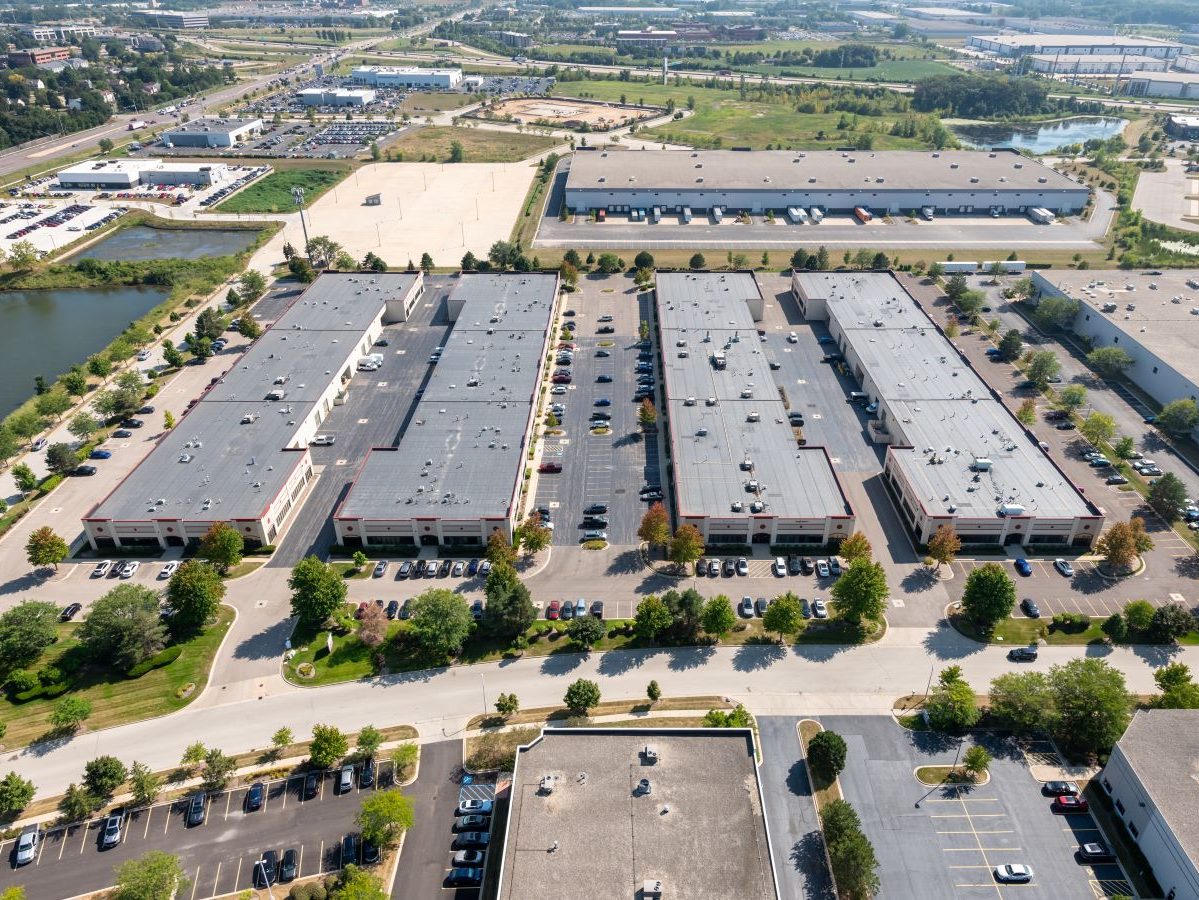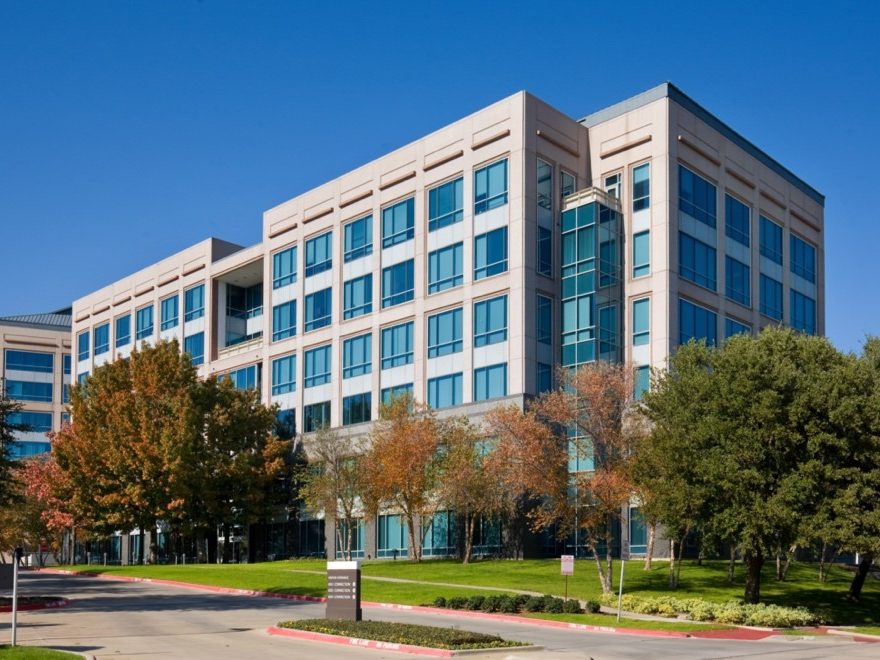Decarbonization Is Inevitable, Not Political, Experts Say
In the absence of an overarching federal policy, the commercial real estate market is driving renewable energy upgrades.

Byron Carlock, National Partner & Real Estate Practice Leader, PwC. Image courtesy of PwC
The November elections are unlikely to stop the commercial real estate industry’s ongoing shift to more renewable energy sources. Even as office buildings in major U.S. cities remain largely unoccupied due to the pandemic, the push continues.
Like most industry experts, Byron Carlock, national partner & real estate practice leader for PwC, believes the transition to renewable energy and net-zero buildings is market-driven rather than legislated at the federal level.
“We’ve got snow in Colorado in September. It’s crazy. We have to wake up and acknowledge this is real and the cost of what’s happening will affect the lives of a third of the world’s population,” Carlock told Commercial Property Executive.
READ ALSO: CRE ‘Grossly Unprepared’ for Climate Change
One of the trends that has been gaining ground in the last five years is investors’ growing interest in companies that address environmental, social and governance issues. In his annual letter to CEOs, Blackrock Inc. Founder, Chairman & CEO Larry Fink said the climate crisis, a key focus of ESG efforts, will reshape finance.
Commercial buildings owners and operators, therefore, have joined other industries in focusing on ESG reporting, which entails aggregating actions, measuring results against global standards and sharing the findings with their investors.
“Clients are talking about (climate change) in every conference session on ESG metrics,” Carlock noted.
“If the current (Trump) administration stays in power, we can expect something that looks very similar to the last four years,” said Billy Grayson, executive director of the ULI Center for Sustainability and Economic Performance. “That means that most of the policy around energy efficiency and climate mitigation will be driven at the local and state level,” he added.
To date, more than 300 U.S. cities have committed to developing Climate Action Plans with the shared goal of reducing greenhouse gas emissions.
Investors Urge Climate Action
Even under a new Biden administration, the federal energy policy will be dependent on Congress as well as the White House. In Grayson’s opinion, the industry could see the implementation of the Democratic Party’s climate plan, which includes a broad set of financial incentives for energy efficiency in several building types. This would help building owners get on the path to decarbonizing their properties.
Moreover, in the absence of a major federal policy initiative, given the work at the state and local level, Grayson anticipates that “(investors) are going to take climate action on their investment portfolios and that’s obviously going to have a profound effect on the real estate industry.”
James Scott, lead researcher at the MIT Real Estate Innovation Lab, pointed out that the Trump administration—despite its lack of focus on renewables—approved a 690-MW solar, 1,400-MWh storage project on federal land outside Las Vegas earlier this year. The project will be the largest solar power facility in the U.S. and one of the largest in the world once completed.
READ ALSO: Renewables Industry Eyes Majority Rule
Republicans have up until now favored carbon sequestration, also widely favored by the fossil fuel industry, Scott said. In contrast, Biden has pledged a $2 trillion Clean Energy Initiative, with infrastructure spending and the goal to reach 100 percent carbon-free electricity buying by 2035.
Even so, a recent survey revealed that more than 70 percent of Americans favor increasing reliance on renewable energy—predominantly a Democratic approach, Scott noted—while 69 percent support reduced dependency on foreign energy, the Republican side of the fence.
“You have similar sentiment supporting the cause, but for very different reasons,” Scott pointed out, adding that, ultimately, both sides want to end up with the exact same result.
Supporting Clean Energy
That said, the industry will be keeping a keen eye on the federal solar energy Investment Tax Credit, which amounts to 30 percent of the total cost of implementing solar systems. And, according to Scott, the tax credit is still needed to make solar investments work—though advancement in technologies in photovoltaics and storage batteries over the next few years are likely to bring implementation costs down, removing the need for federal incentives.

Laura Vendetta, Manager, Policy Innovation at Renewable Energy Buyers Alliance. Image courtesy of REBA
“Regardless of the outcome in November, we’re seeing a lot of the policy conversations starting now around the need for smart infrastructure investments in clean energy as a way to present solutions to the economic, societal, and climate crisis we’re currently in,” said Laura Vendetta, a manager on the policy innovation team with Renewable Energy Buyers Alliance, a community of energy buyers working to accelerate a zero-carbon energy future.
In Vendetta’s opinion, there’s bipartisan support for clean energy infrastructure investment—including tax incentives, energy efficiency upgrades and other environmental policies—that will be wrapped up in COVID-19 recovery infrastructure spending. Furthermore, accelerated private sector investments in clean energy are advisable, along with federal incentives, an upgraded national electric transmission system and more federal investments in research and development to make sure that the next generation of clean energy technologies are funded.
And, while commercial real estate players and decision-makers will still juggle with different pieces of the energy puzzle, the main focus, for the time being, will be the economy, job creation and cost savings, according to Cliff Majersik, director of market transformation for the Institute for Market Transformation. If commercial real estate owners can improve their building performance and cut competitive costs, that will result in a lower greenhouse gas footprint. “That’s something I think everybody can get behind regardless,” Majersik said.







You must be logged in to post a comment.